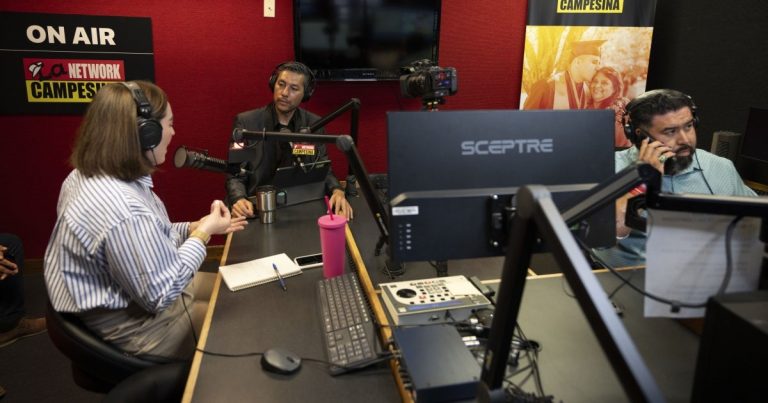Misinformation and Disinformation Threaten to Undermine US Elections, Disproportionately Impacting Communities of Color
The upcoming US elections in November are facing a significant threat from the deluge of false and misleading information flooding the information landscape. This torrent of misinformation and disinformation, intentionally crafted and disseminated to deceive, is raising serious concerns about its potential to manipulate voting patterns and even sway the outcomes of the presidential and other crucial races. Communities of color are being disproportionately targeted by these campaigns, exacerbating existing vulnerabilities and raising the specter of voter suppression reminiscent of the Jim Crow era.
The distinction between misinformation and disinformation lies in intent. Misinformation is the unintentional spread of false information, while disinformation is deliberately fabricated and disseminated with the malicious intent to mislead. In the context of elections, disinformation can take various forms, including distorted or fabricated information about candidates, voting procedures, and election results. This deliberate manipulation of information aims to sow confusion, erode trust in democratic processes, and ultimately, influence voting behavior. The strategic targeting of communities of color with disinformation is particularly alarming, as it exploits historical mistrust and systemic inequities to further marginalize these groups.
Historically, communities of color have faced significant barriers to exercising their right to vote, from poll taxes and literacy tests during the Jim Crow era to contemporary voter suppression tactics. The current wave of disinformation campaigns builds upon this legacy of disenfranchisement, leveraging sophisticated techniques to manipulate and deceive. By spreading false information about voting processes, eligibility requirements, and polling locations, these campaigns aim to create confusion and discourage participation, effectively suppressing the vote within these communities.
The tactics used in these disinformation campaigns are often tailored to exploit specific vulnerabilities and shared experiences within targeted communities. For instance, during the 2020 election, Latinx voters in Florida were subjected to disinformation campaigns linking then-candidate Joe Biden to the authoritarian regime of Nicolás Maduro in Venezuela, playing on pre-existing anxieties and fears within the community. Similarly, immigrant communities relying on translated content are often vulnerable to mistranslations and manipulated information spread through social media platforms like WhatsApp, where content moderation in languages other than English is often limited. This lack of oversight creates fertile ground for the spread of disinformation, further isolating and disenfranchising these communities.
The advent of artificial intelligence (AI) has significantly amplified the threat of mis- and disinformation. AI enables the rapid and inexpensive creation of highly realistic fabricated content, including images, videos, and audio recordings, making it increasingly difficult to distinguish between authentic and manipulated information. Furthermore, AI algorithms can be used to micro-target specific demographics with tailored disinformation campaigns, increasing their effectiveness and reach. Recent examples include AI-generated images depicting former President Donald Trump interacting with Black voters, disseminated on social media in an apparent attempt to influence voting preferences within this community. These images, often created by conservative media groups or individuals operating fake social media accounts, demonstrate the sophisticated and insidious nature of AI-powered disinformation campaigns.
Combating this pervasive threat requires a multi-pronged approach involving elected officials, media outlets, online platforms, and community organizations. Elected officials have a responsibility to condemn disinformation campaigns and promote media literacy among their constituents. Media organizations must prioritize fact-checking and investigative journalism to expose and debunk false narratives. Online platforms bear the responsibility of implementing robust content moderation policies and investing in technologies to detect and remove manipulative content. Crucially, community groups play a vital role in building trust and providing accurate information to vulnerable communities, empowering individuals to critically evaluate information and resist manipulation. The right to vote is a cornerstone of democracy, and protecting this right requires a collective effort to counter the insidious threat of misinformation and disinformation. Only through vigilance, collaboration, and a commitment to truth can we ensure free and fair elections that reflect the will of the people.


